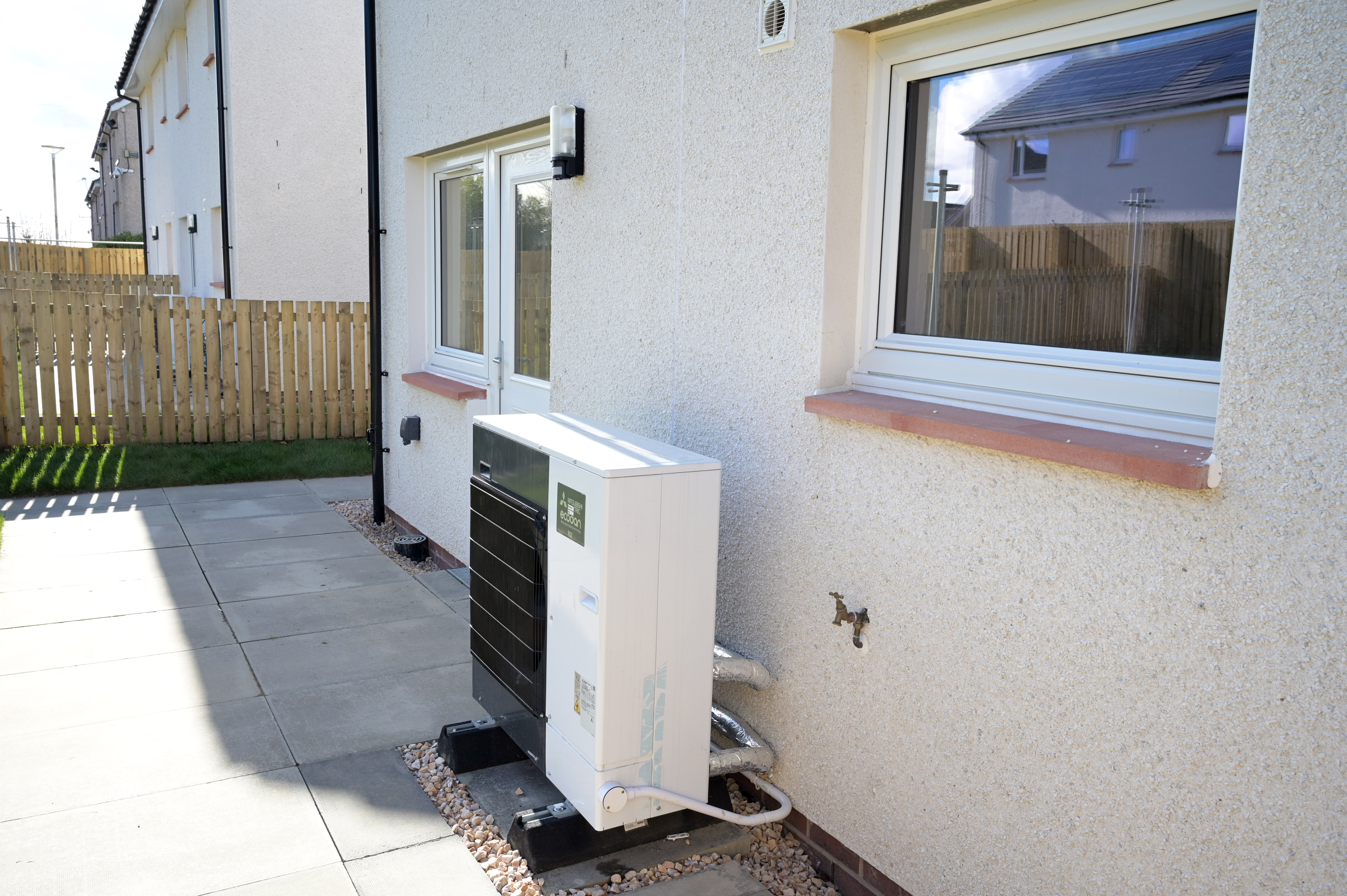We have taken a significant step towards a sustainable and energy-efficient future with the approval of our Local Heat and Energy Efficiency Strategy (LHEES) and Delivery Plan. The strategy, aims to help tackle fuel poverty, using an area-based approach to decarbonise and enhance energy efficiency across local properties.
Highlighting the combined use of heat networks and heat pumps as crucial elements in achieving decarbonisation of heat and net-zero greenhouse gas emissions, the strategy reflects key considerations to alleviate fuel poverty in the area.
While the immediate scope of the LHEES does not include the designation of heat network zones, the strategy lays a robust foundation for future work in this direction.
Council Leader Jim Logue explained, "This is a crucial milestone in our commitment to addressing climate change and enhancing energy efficiency in North Lanarkshire. By prioritising tackling fuel poverty and moving towards using a combination of heat networks, heat pumps, and other technologies, we are laying the groundwork for a sustainable and resilient future for our communities."
Aligning with national initiatives such as the Heat in Buildings Strategy and the Net Zero 2045 target, the strategy underscores the significance of fabric improvements to buildings to enhance thermal efficiency while focusing on heat network zones.
The strategy is informed by UK and Scottish legislation and policy, local plans, and activities, the strategy takes a strategic approach, considering factors such as off-gas grid buildings, on-gas grid heat decarbonization, heat networks, and poor building energy efficiency.
Our Sustainable Futures Programme of Work will use the analysis within the strategy to guide future decision-making, particularly in achieving the 2038 target for zero-emission heating and addressing the diverse nature of North Lanarkshire's housing stock, ranging from pre-1919 to post-2002 homes.
The strategy outlines pathways for both domestic and non-domestic properties and will undergo monitoring for its 5-year review to ensure effective implementation.
Click here for more information on the Heat and Energy Efficiency Strategy
